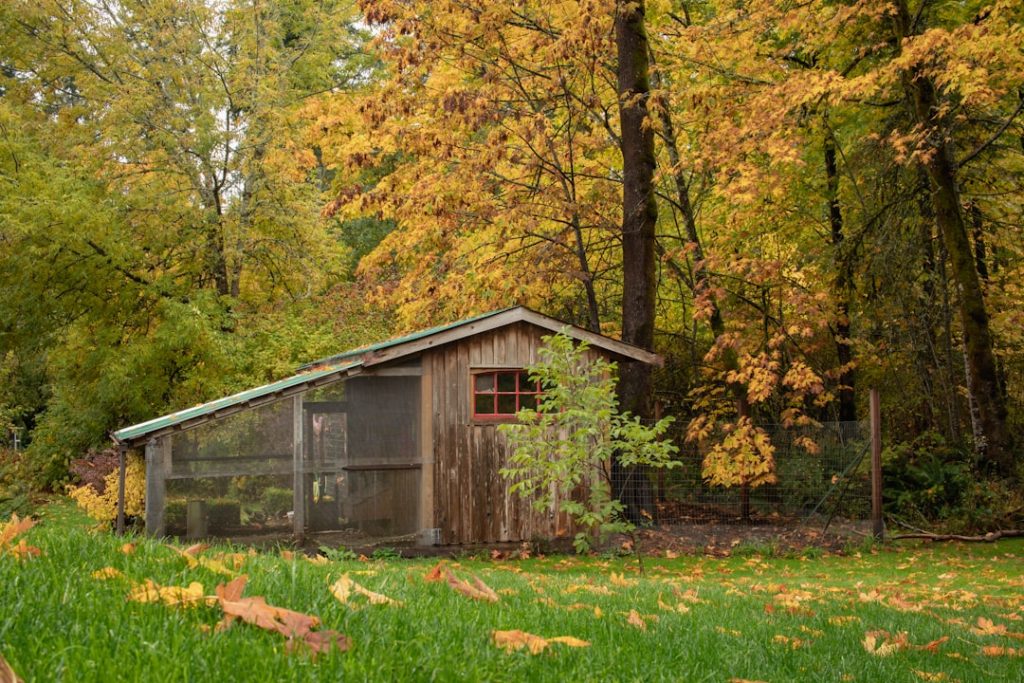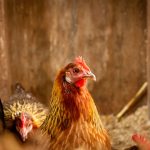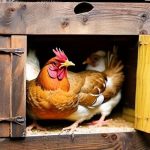Rabbits are social creatures that thrive when housed in pairs or groups. The recommended minimum space for two rabbits is 12 square feet, with an additional 2 square feet required for each extra rabbit. Their enclosure should be spacious enough to allow for free movement, standing on hind legs, and full-body stretching.
Solid, non-slip flooring is essential to protect their feet from injury. The housing must offer protection from predators and weather conditions while ensuring proper ventilation to prevent respiratory problems. Creating a safe environment that encourages natural behaviors like digging, jumping, and hiding is crucial for rabbit well-being.
Enrichment items such as tunnels, platforms, and toys should be provided to stimulate the rabbits both mentally and physically. A separate area for privacy and relaxation is also important. Regular cleaning of the enclosure is necessary to prevent waste and bacteria accumulation, and comfortable bedding should be supplied to absorb moisture.
The overall design of the housing should prioritize the rabbits’ welfare, offering a comfortable and engaging living space.
Table of Contents
Key Takeaways
- Proper housing and space requirements are essential for the well-being of animals, providing enough space for movement and natural behaviors.
- Nutrition and feeding should be carefully managed to ensure animals receive a balanced diet that meets their specific needs.
- Health and disease prevention measures, such as regular veterinary check-ups and vaccinations, are crucial for maintaining animal welfare.
- Temperature and ventilation should be carefully regulated to provide a comfortable and healthy environment for animals.
- Lighting and photoperiod management play a key role in regulating the biological rhythms and behaviors of animals, and should be carefully monitored and adjusted as needed.
- Biosecurity measures are important for preventing the spread of diseases and maintaining the overall health of animals.
- Proper handling and welfare practices are essential for ensuring the physical and psychological well-being of animals in a facility.
Nutrition and Feeding
Supplementing with Pellets and Fresh Water
Pellets specifically formulated for rabbits can also be provided in limited quantities to ensure they receive all necessary nutrients. Fresh water should be available at all times, provided in a heavy, non-spill bowl or a sipper bottle.
Avoiding Harmful Foods and Monitoring Hydration
It is important to avoid feeding rabbits high-sugar or high-fat foods, as well as foods that are toxic to them such as chocolate, avocado, and onions. It is also crucial to monitor the rabbits’ water intake to ensure they are staying hydrated, especially during hot weather.
Establishing a Feeding Routine and Monitoring Health
Feeding should be done at regular times each day to establish a routine for the rabbits, and any changes to their diet should be made gradually to prevent digestive upset. Additionally, it is important to monitor the rabbits’ weight and body condition to ensure they are receiving the appropriate amount of food for their individual needs.
Health and Disease Prevention
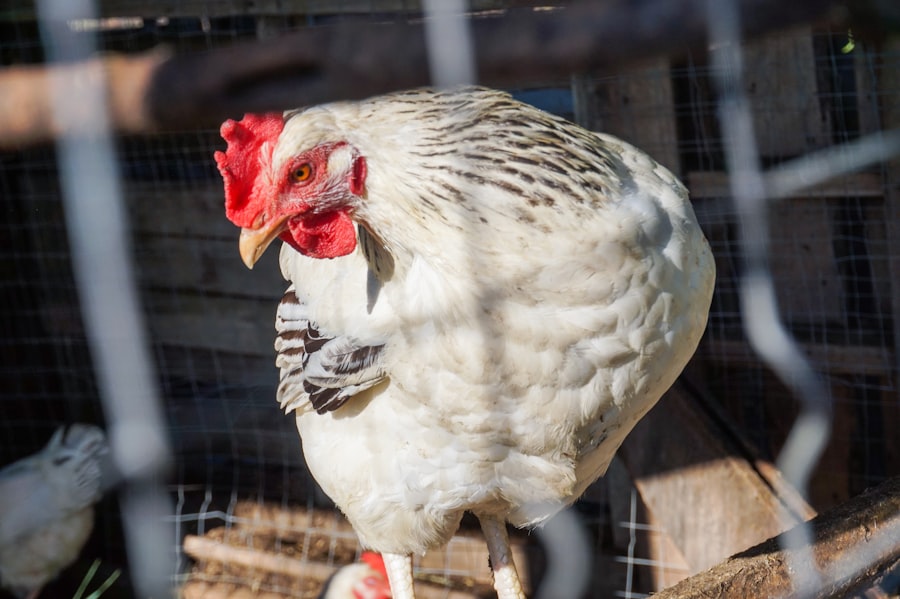
Regular veterinary check-ups are essential for maintaining the health of rabbits, as they are prone to a variety of health issues such as dental problems, gastrointestinal stasis, and respiratory infections. It is important to monitor the rabbits’ behavior and appearance for any signs of illness, such as changes in appetite, activity level, or grooming habits. Additionally, it is important to keep the rabbits’ housing clean and dry to prevent the buildup of bacteria and parasites.
Rabbits should be vaccinated against common diseases such as myxomatosis and viral hemorrhagic disease (VHD), as well as receive regular parasite prevention treatments. It is important to handle rabbits gently and regularly to monitor their health and provide any necessary grooming or nail trimming. Additionally, it is important to provide a balanced diet and regular exercise to maintain the rabbits’ overall health and wellbeing.
Temperature and Ventilation
Rabbits are sensitive to extreme temperatures and should be housed in an environment that is kept within a comfortable range of 60-70 degrees Fahrenheit. It is important to provide adequate ventilation in the rabbits’ housing to prevent the buildup of ammonia from urine and feces, which can lead to respiratory issues. Additionally, it is important to provide shelter from direct sunlight and drafts to prevent heat stress or hypothermia.
During hot weather, it is important to provide rabbits with access to cool areas such as shaded enclosures or cooling mats. Frozen water bottles can also be provided for rabbits to lean against or lay next to in order to cool down. During cold weather, it is important to provide extra bedding and insulation in the rabbits’ housing, as well as access to warm areas such as heated pads or shelters.
Overall, it is important to monitor the rabbits’ behavior and appearance for any signs of discomfort due to temperature extremes.
Lighting and Photoperiod Management
Rabbits are crepuscular animals, meaning they are most active during dawn and dusk. It is important to provide a natural light cycle for rabbits, with access to natural daylight during the day and darkness at night. This helps regulate their internal clock and promotes natural behaviors such as feeding, grooming, and resting.
Additionally, it is important to provide a consistent light cycle for rabbits to prevent stress or disruption to their routine. Artificial lighting can be used to supplement natural daylight if necessary, but it is important to provide a period of darkness at night for the rabbits to rest. It is also important to provide a consistent routine for feeding and handling rabbits, as changes in their daily schedule can cause stress or anxiety.
Overall, providing a natural light cycle and consistent routine helps promote the overall wellbeing of rabbits.
Biosecurity Measures
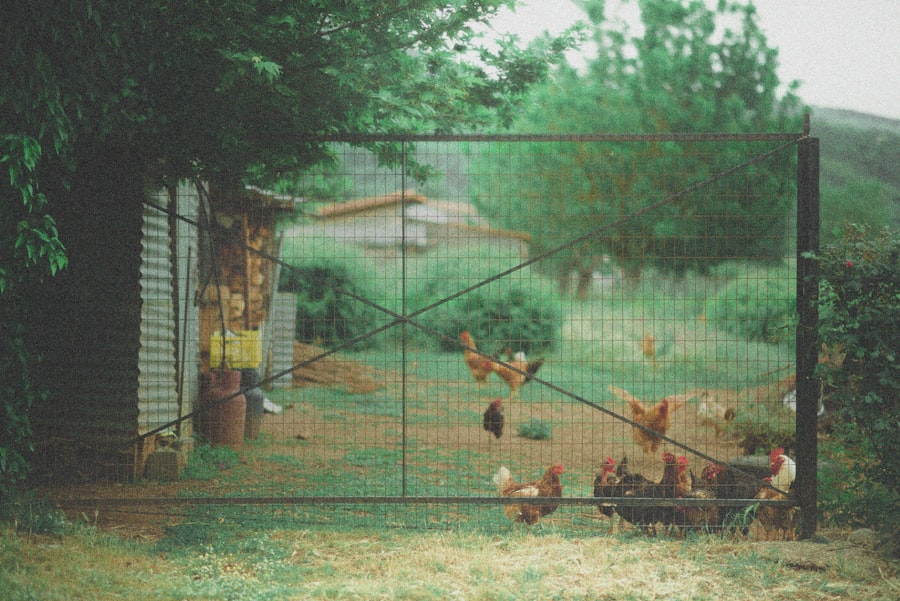
Quarantine and Hygiene Practices
Quarantining new rabbits before introducing them to existing groups is crucial in preventing the spread of disease. Practicing good hygiene when handling different groups of rabbits is also essential. This includes washing hands thoroughly and using disinfectants to prevent the transmission of bacteria and parasites.
Cleaning and Disinfecting
Regular cleaning and disinfecting of housing areas, feeding equipment, and enrichment items are vital in preventing the spread of disease. This helps to eliminate any potential sources of infection and keeps the environment clean and safe for the rabbits.
Limiting Contact and Monitoring Health
Limiting contact between rabbits from different sources, such as at shows or events, is important in preventing the spread of disease. Additionally, regularly monitoring the health of rabbits and seeking veterinary care if any signs of illness are observed is crucial in maintaining their health and wellbeing.
Handling and Welfare
Rabbits should be handled gently and regularly from a young age in order to become accustomed to human interaction. It is important to support the rabbit’s hindquarters when picking them up in order to prevent injury or stress. Additionally, it is important to provide rabbits with opportunities for exercise and mental stimulation through toys, tunnels, and platforms.
It is also important to provide a safe and secure environment for rabbits that allows for natural behaviors such as digging, jumping, and hiding. Enrichment items such as chew toys and hiding places help keep rabbits mentally stimulated and prevent boredom or stress. Overall, providing proper handling and welfare practices helps ensure the overall wellbeing of rabbits in captivity.
If you’re interested in learning more about keeping broiler chickens, you may also want to check out this article on how many chickens do you need for a family of 4. It provides valuable information on the number of chickens required to meet the egg and meat needs of a typical family.
FAQs
What are broiler chickens?
Broiler chickens are a type of chicken that are specifically bred and raised for meat production. They are typically raised for a short period of time, usually around 6-8 weeks, before being processed for their meat.
What do broiler chickens need to thrive?
Broiler chickens require a balanced diet, access to clean water, proper housing with adequate ventilation, and protection from predators and extreme weather conditions in order to thrive.
How can broiler chickens be kept healthy?
To keep broiler chickens healthy, it is important to provide them with a clean and dry living environment, regular access to fresh water, a balanced diet that meets their nutritional needs, and regular monitoring for signs of illness or disease.
What should be included in a broiler chicken’s diet?
A broiler chicken’s diet should include a high-quality commercial feed that is specifically formulated for meat production, as well as access to fresh grass, grains, and other natural forage.
How can broiler chickens be protected from predators?
Broiler chickens can be protected from predators by ensuring that their housing is secure and predator-proof, using fencing or netting to create a safe outdoor area, and providing supervision and protection from potential threats.
What are some common health issues in broiler chickens?
Common health issues in broiler chickens include respiratory infections, heat stress, leg problems, and issues related to their rapid growth rate. Regular monitoring and proper care can help prevent and address these health issues.
Meet Walter, the feathered-friend fanatic of Florida! Nestled in the sunshine state, Walter struts through life with his feathered companions, clucking his way to happiness. With a coop that’s fancier than a five-star hotel, he’s the Don Juan of the chicken world. When he’s not teaching his hens to do the cha-cha, you’ll find him in a heated debate with his prized rooster, Sir Clucks-a-Lot. Walter’s poultry passion is no yolk; he’s the sunny-side-up guy you never knew you needed in your flock of friends!

